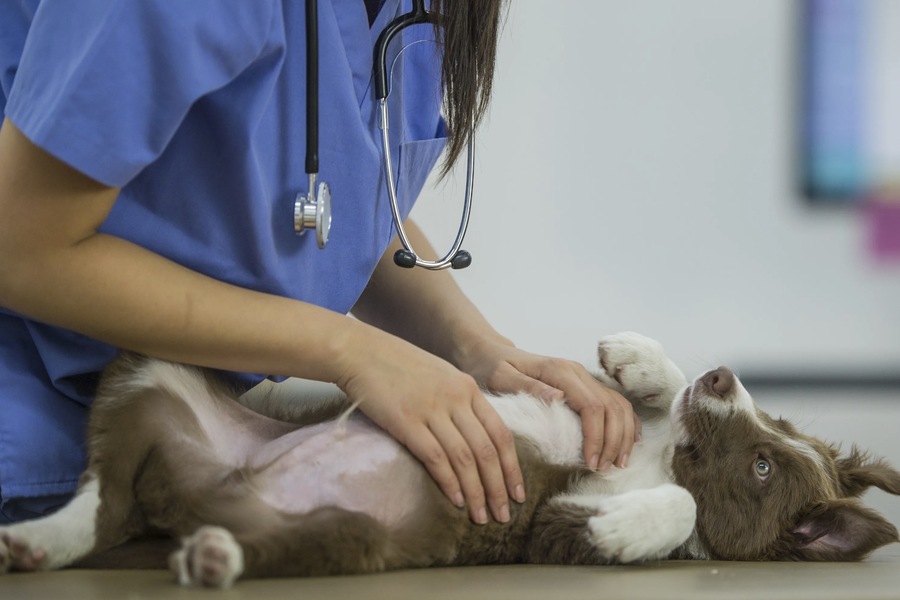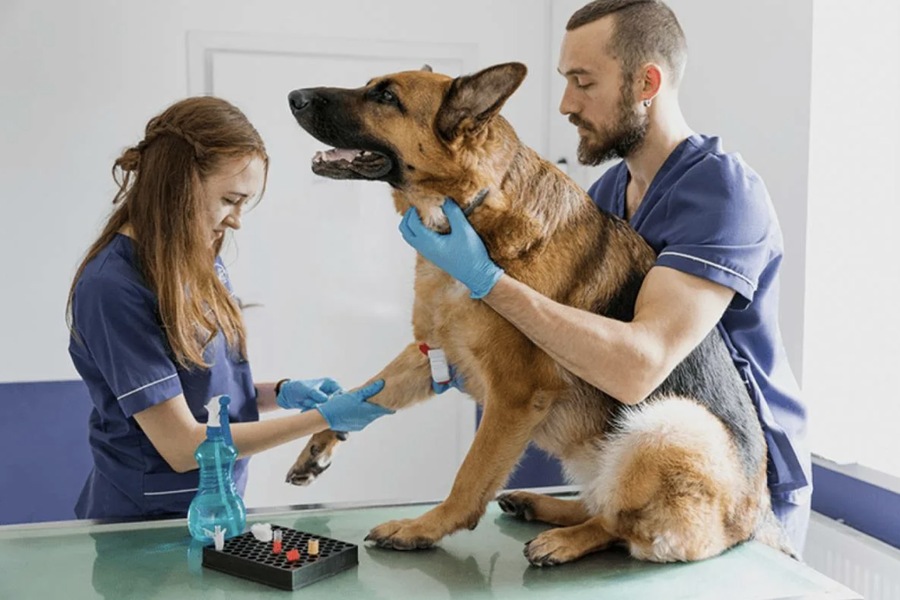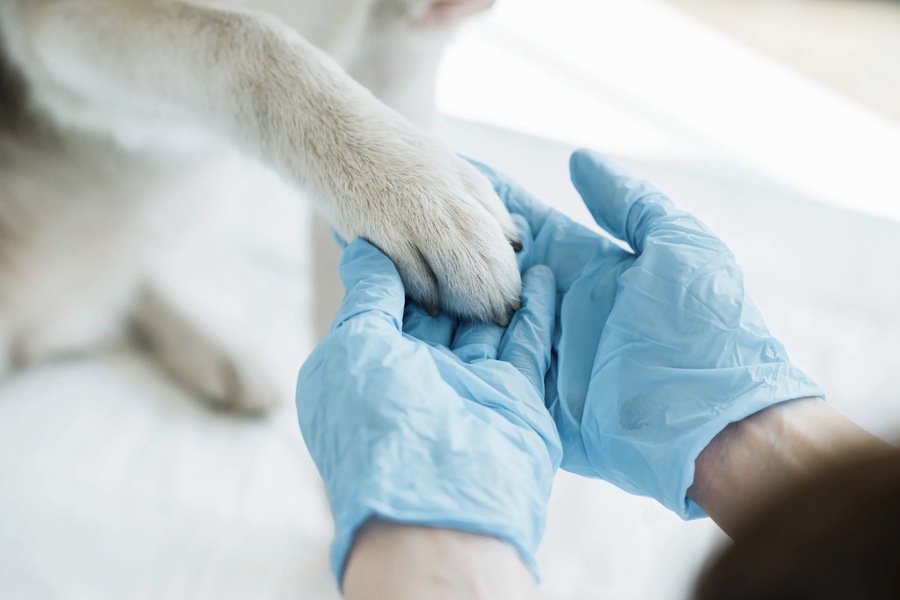Veterinary disinfectants play a crucial role in maintaining the health and safety of animals and humans alike. These products are essential in preventing the spread of infectious diseases, ensuring that veterinary practices and animal care facilities remain clean and hygienic. The first-ever veterinary disinfectant was a rudimentary solution primarily aimed at combating visible dirt and organic matter. Over the years, the evolution of veterinary disinfectants has seen significant advancements, culminating in the development of advanced solutions like F10 disinfectants.
In recent times, the popularity of veterinary disinfectants has surged due to the increased awareness of zoonotic diseases—diseases that can be transmitted from animals to humans. According to the World Health Organization (WHO), zoonotic diseases account for 60% of emerging infectious diseases globally. This statistic underscores the importance of effective and safe disinfectants in veterinary practices. Choosing the right disinfectant not only ensures the health of the animals but also safeguards public health.
Statistics from the Centers for Disease Control and Prevention (CDC) highlight that effective disinfection protocols can reduce the risk of infection transmission by up to 80%. This data emphasizes the critical role of disinfectants in veterinary settings. However, not all disinfectants are created equal, and the selection of appropriate products is vital for achieving the desired outcomes.
Traditional Veterinary Disinfectants
Historical Background
The history of veterinary disinfectants dates back to ancient times when basic cleaning agents like vinegar and ash were used to cleanse wounds and surfaces. The primary goal was to remove visible dirt and organic matter, which were believed to be the main culprits behind infections.
Common Traditional Disinfectants
In the early 20th century, more systematic approaches to disinfection emerged, with products like phenol, formaldehyde, and bleach becoming staples in veterinary practices. These disinfectants were effective against a broad spectrum of pathogens, including bacteria, viruses, and fungi.
- Phenol: Widely used for its antiseptic properties, phenol was one of the first chemical disinfectants adopted in veterinary medicine. However, its corrosive nature and toxicity posed significant risks to both animals and humans.
- Formaldehyde: Known for its strong disinfectant properties, formaldehyde was effective in sterilizing surgical instruments and facilities. Nevertheless, its pungent odor and potential carcinogenic effects limited its long-term use.
- Bleach (Sodium Hypochlorite): Bleach remains a popular disinfectant due to its efficacy and affordability. However, it is highly corrosive and can damage surfaces and equipment over time.
Challenges with Traditional Disinfectants
While traditional disinfectants were effective to some extent, they presented several challenges:
- Toxicity: Many traditional disinfectants were hazardous to both animals and humans, requiring careful handling and application.
- Corrosiveness: Prolonged use of certain disinfectants could damage equipment and surfaces, leading to increased maintenance costs.
- Environmental Impact: Traditional disinfectants often contain harmful chemicals that could negatively impact the environment.

Introduction of Advanced Disinfectant Solutions
Emergence of Advanced F10 Disinfectants
The advent of advanced disinfectant solutions marked a significant milestone in veterinary medicine. Among these, the F10 disinfectant has gained widespread recognition for its superior efficacy and safety profile. F10 products are formulated to provide broad-spectrum disinfection while minimizing the risks associated with traditional disinfectants.
Features and Benefits Over Traditional Ones
F10 disinfectants offer several advantages over traditional products:
- Broad-Spectrum Efficacy: F10 disinfectants are effective against a wide range of pathogens, including bacteria, viruses, fungi, and spores. This comprehensive coverage ensures thorough disinfection and reduces the risk of disease transmission.
- Non-Toxic and Non-Irritating: Unlike many traditional disinfectants, F10 products are non-toxic and non-irritating to both animals and humans. This feature makes them suitable for use in various veterinary settings, including clinics, shelters, and homes.
- Non-Corrosive: The F10 veterinary disinfectant is designed to be non-corrosive, ensuring it does not damage equipment or surfaces. This property extends the lifespan of veterinary tools and reduces maintenance costs.
Technology and Formulation of F10 Disinfectants
The formulation of the F10 disinfectant is based on advanced technology that combines efficacy with safety. These products typically contain a synergistic blend of quaternary ammonium compounds and biguanides, which work together to disrupt the cell membranes of pathogens, leading to their rapid destruction.
Addressing Key Challenges of Traditional Disinfectants
F10 disinfectants address several key challenges associated with traditional disinfectants:
- Safety: The non-toxic and non-irritating nature of F10 products ensures the safety of both animals and humans, reducing the risk of adverse reactions.
- Compatibility: F10 disinfectants are compatible with a wide range of materials, making them suitable for use on various surfaces and equipment without causing damage.
- Environmental Impact: F10 products are designed to be environmentally friendly, with biodegradable components that minimize their ecological footprint.
Cases Where F10 Solutions Excel
F10 veterinary disinfectants have proven particularly effective in several scenarios:
- High-Risk Areas: In areas with a high risk of infection, such as veterinary clinics and animal shelters, F10 products provide reliable and comprehensive disinfection.
- Surgical Settings: The non-corrosive nature of the F10 disinfectant makes it ideal for use on surgical instruments and equipment, ensuring their longevity and functionality.
- Domestic Use: For pet owners, F10 disinfectants offer a safe and effective solution for maintaining a clean and hygienic environment at home.
Safety Profile
The safety profile of F10 disinfectants is well-documented, with extensive research demonstrating their non-toxic and non-irritating properties. These products have been tested and approved by various regulatory bodies, ensuring their suitability for use in veterinary settings.
Eco-Friendly and Sustainability Aspects
In addition to their efficacy and safety, the F10 disinfectant is designed with environmental sustainability in mind. The biodegradable components of these products ensure that they do not contribute to environmental pollution, aligning with global efforts to promote eco-friendly practices.

Future Trends and Innovations
The field of veterinary disinfectants is continually evolving, with ongoing research and development aimed at enhancing the efficacy and safety of these products. Several trends and innovations are expected to shape the future of veterinary disinfectants:
Predictions for the Future
- Nanotechnology: The use of nanotechnology in disinfectant formulations holds promise for enhancing their antimicrobial efficacy and stability.
- Biodegradable Disinfectants: The development of fully biodegradable disinfectants will further reduce the environmental impact of veterinary practices.
- Smart Disinfection Systems: The integration of smart technologies, such as sensors and automation, will enable more precise and efficient disinfection protocols.
Potential Advancements
Future advancements in veterinary disinfectants may include:
- Enhanced Efficacy: Ongoing research aims to develop disinfectants with even broader-spectrum efficacy, capable of eliminating emerging pathogens.
- Improved Safety: Innovations in formulation technology will continue to enhance the safety profile of disinfectants, reducing the risk of adverse reactions.
- Sustainability: The focus on sustainability will drive the development of eco-friendly disinfectants that are both effective and environmentally responsible.
Conclusion
The evolution of veterinary disinfectants from traditional solutions to advanced F10 products reflects the progress made in ensuring the health and safety of animals and humans. Traditional disinfectants, while effective to some extent, presented significant challenges in terms of toxicity, corrosiveness, and environmental impact. The emergence of advanced F10 disinfectants has addressed these challenges, offering superior efficacy, safety, and environmental sustainability.
The continuous advancements in veterinary disinfectants underscore the importance of choosing the right products for maintaining a clean and hygienic environment in veterinary practices. As the field continues to evolve, the integration of new technologies and a focus on sustainability will drive further improvements, ensuring that veterinary disinfectants remain a critical component of animal and public health.

Я отмечен наградами писатель-фрилансер, специализирующийся на финансовых темах. Я имею в виду более чем десятилетний опыт работы, о котором упоминалось в The Wall Street Journal.
